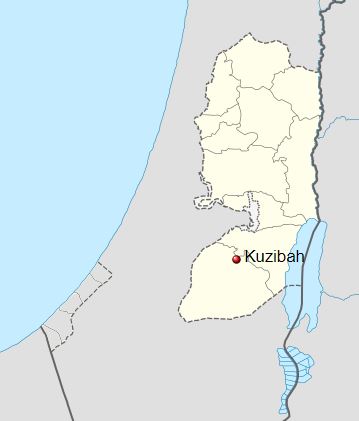In this week’s parasha, Ki Tavo, we read how God commanded that when the Israelites cross into the Holy Land, they should first make a stop upon two special mountains: Mount Gerizim and Mount Eval (Deuteronomy 27:12-13). The Tribes of Israel should split between the two mountains; six of them would set up on Mount Gerizim and six on Mount Eval. Then, a series of blessings would be proclaimed from atop Mount Gerizim, and a series of curses from atop Mount Eval. The people would answer “amen!” to signify their agreement. This would serve as one final reminder of their covenant with God before they settle down in their apportioned lands and get on with their new lives.

Har Gerizim in 1912
Today, that mountain of blessing, Mount Gerizim, is still venerated by the world’s last community of Samaritans, numbering less than 1000 people. About half of them live in the Israeli city of Holon, and the other half live around Mount Gerizim itself, in the village of Kiryat Luza, once part of the Biblical site of Shechem and currently the Palestinian town of Nablus (an Arabic corruption of the Roman title Neapolis). For the Samaritans, Mount Gerizim is the holiest place on Earth. They believe this is supposed to be the true location of the Holy Temple. They believe this is where Abraham bound Isaac during the Akedah. They believe this is the mountain upon which the Mishkan first rested, and where sacrifices to Hashem were originally brought. In other words, Gerizim is the Samaritan “Jerusalem”. Who, exactly, are the Samaritans? Continue reading

